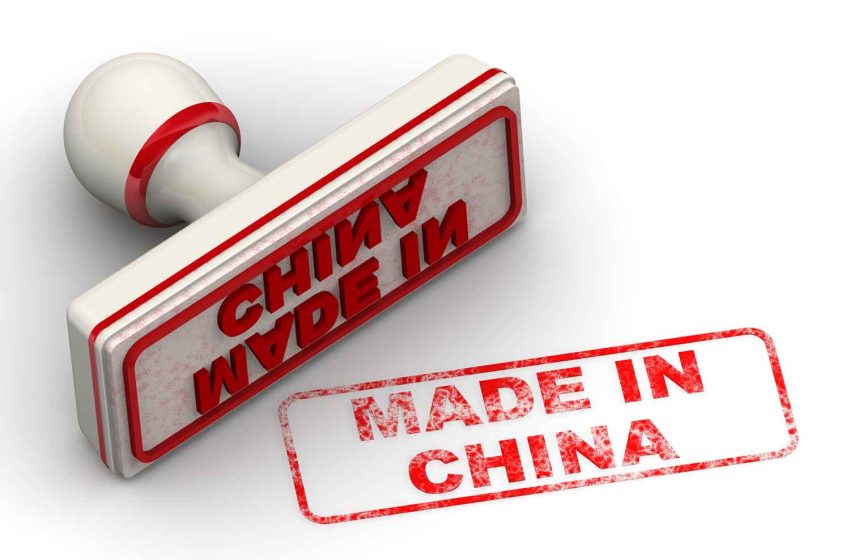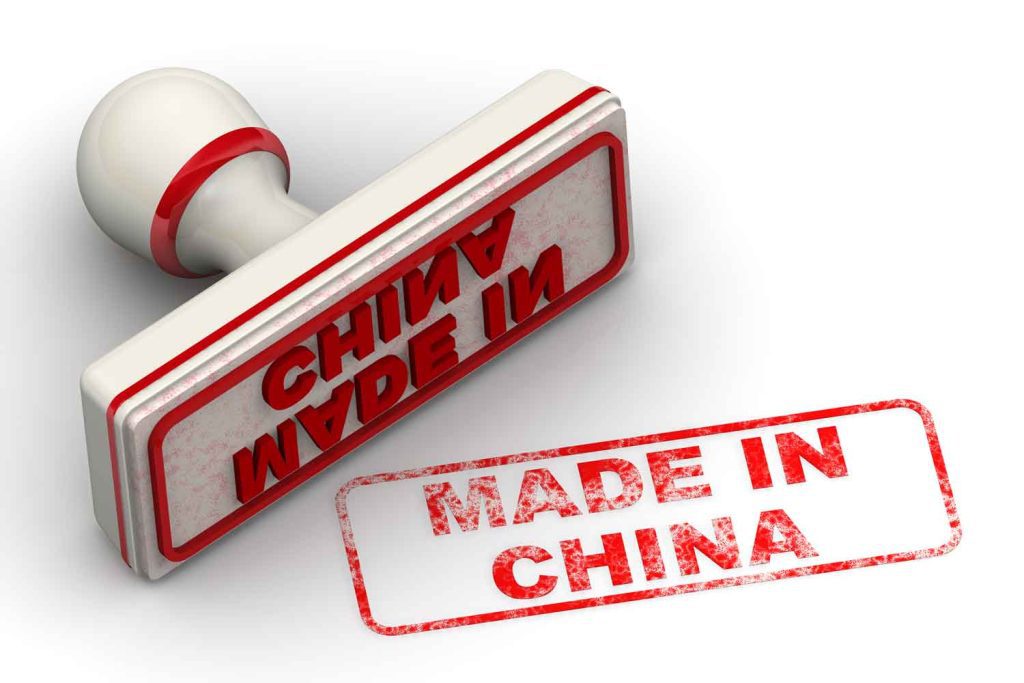A Leap Forward for Public Health?
- China Illicit Trade Print Edition
- September 1, 2023
- 0
- 8 minutes read


China’s new rules on vape manufacturing will help tackle illicit trade only if they are properly enforced.
By Ian M. Fearon
The vape industry is in the midst of a growing crisis and facing an existential threat. This may seem like a pessimistic, and perhaps provocative, statement, but without those within the industry taking action to change course, the lives of the billion smokers across the globe could be placed at an increased risk.
The vape industry has always been controversial, although wrongly so. After all, nobody in their right mind doubts that when cigarettes are substituted with e-cigarettes, there are huge gains for both individual and population health. Despite this, those in “tobacco control” have become, and will remain, steadfastly resolute in their desire to remove vapes from markets across the world. While their motives are not abundantly clear, they certainly don’t appear to mesh with a desire to improve global health and may instead represent a nicotine prohibitionist standpoint. But their work is adding to the growing likelihood that vapes could be banished across the world. Or, as is currently the case in Australia, confined to prescriptions issued by physicians and not as freely available as, well, cigarettes.
Perhaps the biggest single threat to the vape industry is the mass marketing of both illegal and illicit products across the world. Wherever you look, in the United States and Canada, across Europe, in Australia and New Zealand, and pretty much any other global market in which vapes are sold, illegal products are abundant. They are causing problems by being made available to youth with scant regard for the impact this may have on public health and on the future of a lifesaving industry. In the U.K., recent assessments of vapor from illegal and illicit vapes have found them to contain high levels of poisonous metals, such as lead, or contain levels of nicotine higher than those allowed under U.K. regulatory law. And a recent investigation found evidence of the production of counterfeit products with inadequate manufacturing quality control and unhygienic product testing processes. The illicit trade is hugely damaging to the legitimate industry and makes the work of vape prohibitionists in tobacco control so much easier.
One way of stemming the flow of potentially dangerous illicit products is to act at the source. China is acknowledged as the birthplace of the modern e-cigarette, following the pioneering work of the Chinese pharmacist, Hon Lik, in the early 2000s. Chinese companies are also by far the world’s biggest e-cigarette manufacturers, with production coming mainly from the estimated 1,000 factories located in China’s Silicon Valley, Shenzhen. Recent figures show that Chinese e-cigarette manufacturing is growing at record levels, with $5.5 billion worth of vapes manufactured in the country in the first half of this year, up by almost 30 percent compared with the first half of 2022. Between $300 million and $400 million worth of these are imported each month into the U.S. and the U.K., the largest export destinations for Chinese e-cigarettes. Remarkably, $20 million worth are exported each month to Australia, a marketplace in which e-cigarettes are legal only on prescription. In that country, the end result will undoubtedly be greater restrictions on vaping, perhaps even for authorized prescription products, and many other countries are considering similar actions.
Regulating the expanse and diversity of Chinese vape manufacturing is not an easy task, but doing so would have a profound impact globally as it could make a huge dent in the supply of illicit vapes across the world. Recently, the Chinese State Tobacco Monopoly Administration (STMA) issued guidelines that may promise to clean up Chinese vape manufacturing. These guidelines are lengthy and complex but focus on a single area: the establishment of quality management systems in vape manufacturing facilities. To comply, manufacturers must, at least, implement quality and safety standards, assess and control their e-cigarette production, properly train their personnel, ensure manufacturing and distribution traceability, and complete export registrations and declarations. Products must not only be manufactured under stringent conditions, but they are also required to meet any relevant legal requirements in their export destination. And importantly, manufacturers must halt production if any safety issues arise or are brought to their attention in order to prevent and reduce harm. According to the guidelines, governments and other international organizations can report issues to Chinese authorities and have their concerns addressed.
The biggest question on everyone’s lips has to be this one: Will the STMA guidelines be enforced—and how? If we look at the status quo, regulations elsewhere are being ignored by many manufacturers and distributors of illicit vaping products, putting profit first and public health second. In the U.S., the Food and Drug Administration issues a constant stream of warning letters threatening enforcement action. But much like the fairground game whack-a-mole, as soon as one company or vape source has action taken against it, another one takes its place. The FDA’s finite resources cannot tackle this constant evolution. In the U.K., despite the scale of the vape black market, a recent assessment of enforcement actions showed that even when action is taken against distributors of illicit and potentially dangerous vapes, local Trading Standards teams have issued fines lower in aggregate than the maximum allowed by law of £2,500 ($3,181). The situation is analogous to the illicit cigarette trade of years past in which the potential financial gains far outweighed the likely punishment.
The question then becomes: Will the new STMA guidelines change the supply and distribution of illicit vapes, or, as has been the case in other jurisdictions, will the guidelines be weakly enforced? This concern, that the new guidelines will be meaningless and unenforced, is shared by the U.S. Smoke-Free Alternatives Trade Association (SFATA). When asked for their views on the new guidelines, SFATA President and CEO April Meyers suggested that while the new guidelines could theoretically increase the quality of vapor products coming out of China, she was unwilling to place any bets on such an outcome. Citing the scope and complexity of the political landscape in China, Meyers doubts that protecting the youth of other nations is at the top of regulators’ minds in Beijing, especially when there is so much money involved. Such a view is understandable given that the guidelines are suggesting that the Chinese government can fix enforcement issues elsewhere in the world.
Without doubt, the new Chinese guidelines are a positive step. The guidelines recognize the public health issues regarding the manufacturing and distribution of illicit vapes and offer a potential mechanism through which this damaging illegal trade can be eroded. But without strict enforcement, and instead relying on manufacturers to interpret the guidelines, implement appropriate quality control procedures, and to self-police, the guidelines may do little to alter the current status quo.
It’s a major irony that those companies already committed both to lawful distribution of vapor products and to the improvement of public health are facing action from regulators in the form of flavor bans and other restrictions while the illicit trade carries on regardless. The industry needs guidelines and product standards, but what it needs more than that is stricter enforcement. And stricter enforcement should include better approaches to identify and prevent illicit products from crossing borders, not just identifying them at the point of manufacture. This applies not just in China but everywhere in the world where vapor products can be sold. The existence of lifesaving consumer vapor products is at stake and, perhaps more importantly, so is public health. With the new Chinese guidelines, we are moving in the right direction. But without proper enforcement, we may carry on, in public health terms, walking backward.

